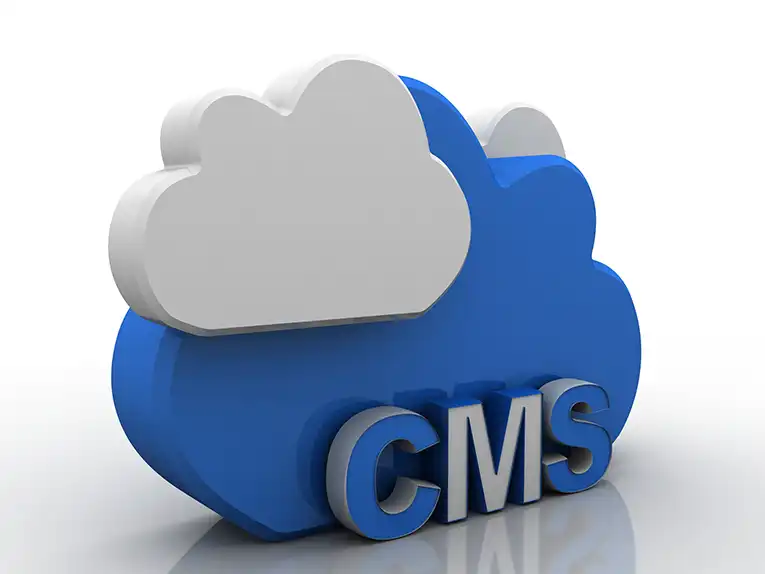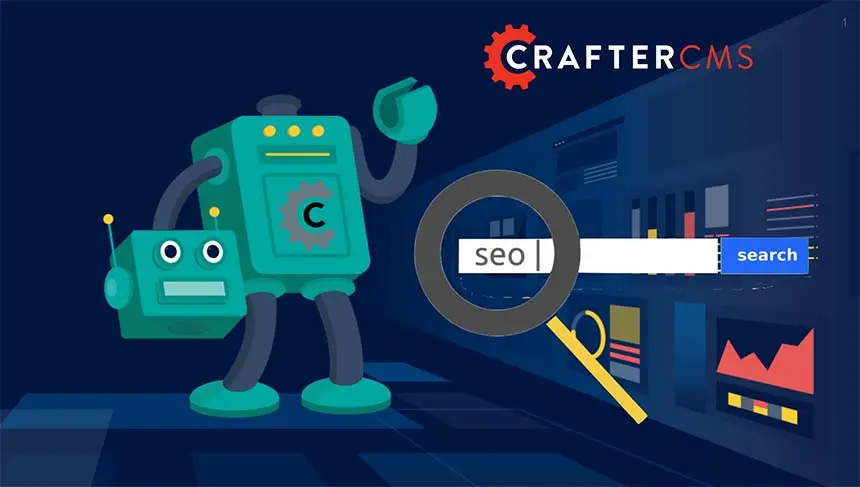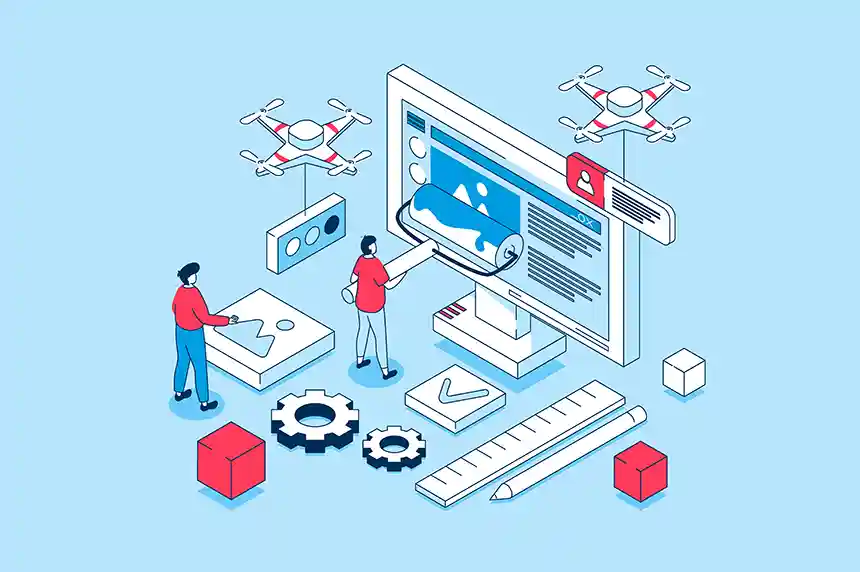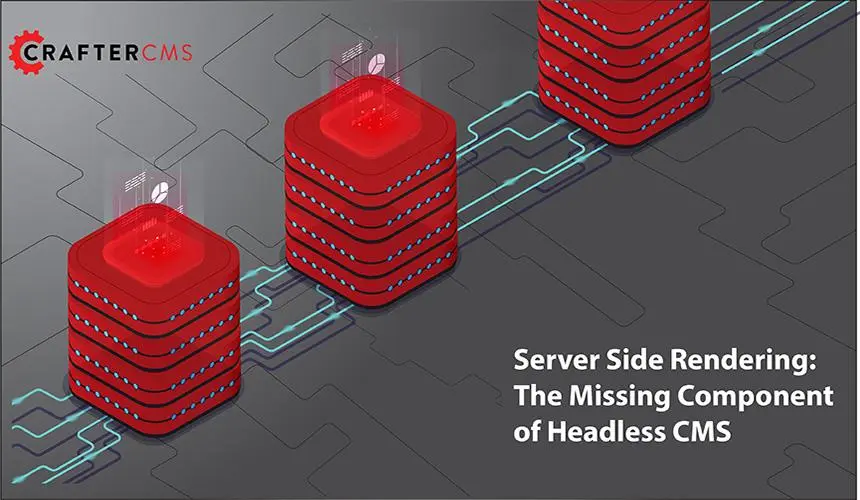What Is an API Endpoint?

Russ Danner

An API - or application programming interface - let's two systems communicate with each other. It's a standardized way of interacting that makes it easier for developers to share data and leverage the complex process within other applications without building them from scratch. With APIs, developers can create a seamless user experience across multiple software solutions.
While APIs standardize the communication between two applications, APIs themselves have no set standard. That's the most significant challenge technology teams are facing in 2019. With that in mind, let's take a closer look at some of the best practices around API endpoints.
REST APIs Explained
APIs are made up of endpoints - or separate URLs - that define what resources are available, which operations can be done on them, and what information is required when making a request. API endpoints decouple the interaction on one system with a set of data from the processing and storage of that data on another system. Let's break down the different aspects of a REST API that follows best practices.
URLs
When it comes to REST, the URL used to access the API consists of many parts. The endpoint refers to the location that the API service itself is located, while the resource refers to specific datasets within the server's backend. Beyond these two components, many URLs will also contain queries and path parameters that drill down into even more specific sets of data.
Operations
Since REST APIs follow HTTP - hypertext transfer protocol - the different operations that can be done through APIs match HTTP methods. While there are dozens of HTTP methods, most RESTful APIs only implement the main ones: GET, POST, PUT/PATCH, DELETE. This set of operations is known as CRUD because it allows the developer to create, read, update, and delete data.
Requests
The request and corresponding response from a REST API can be broken down into two parts: the headers and body. Request headers are typically used for authentication and to provide information about the body of the request. The authentication headers could be anything from basic auth credentials to an API key or a token for OAuth2 security. The request body - usually in JSON format - is the actual data that's necessary for POST, PUT, PATCH, and DELETE operations.
Responses
For API responses, the headers usually contain a status code that indicates whether the request was successful (200 OK) or any number of statuses from 400 BAD REQUEST to 500 INTERNAL SERVER ERROR. If the request was successful, the response would include any related data from the backend.
Understanding these essential aspects of an API is critical for integration, so developers look for those with the best documentation. Many companies use tools like Swagger to make the design, documenting, and testing of APIs easier.
Learn more about APIs: What is an API-First Headless CMS?
Moving Beyond REST APIs: Enter GraphQL
While REST APIs have been fueling the API Economy, many developers are moving towards GraphQL APIs. With GraphQL, many of the implementation details are abstracted away like the specific resources or endpoints. Instead, developers can use a standardized querying language to request the specific data they want without detailed knowledge of the backend.
While CrafterCMS has robust REST APIs, the platform has also embraced GraphQL as the API of the future. You can learn more about why GraphQL goes beyond REST here.
Related Posts

CrafterCMS Wins More G2 Awards Spring 2024

Amanda Lee

What Is a Cloud CMS? (Unlocking the Benefits of a CMS in the Cloud)

Sara Williams

Headless CMS SEO (How to Do SEO Right With a Headless CMS)

Amanda Jones

Implementing DevContentOps: Best Practices for Integrating DevOps and Content Management

Amanda Lee










